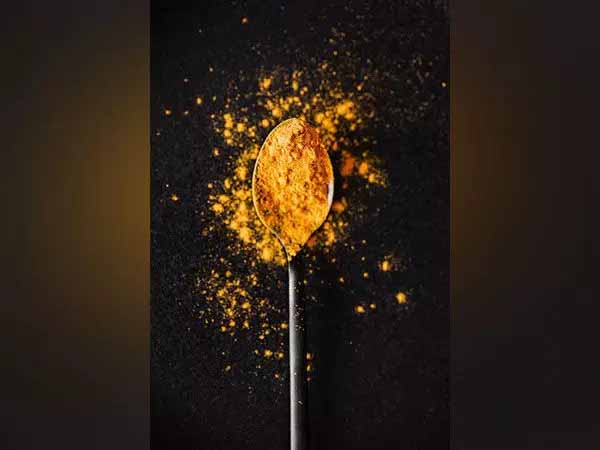Turmeric has anti-acid properties similar to medicine: Study

Washington (ANI): Researchers found that a natural ingredient found in the culinary spice turmeric may be as effective as omeprazole, a drug used to treat gastrointestinal symptoms by reducing excess acid in the stomach. This research was published in the BMJ Evidence-Based Medicine journal. Turmeric is extracted from the root of the Curcuma longa plant. It contains curcumin, a naturally active substance with anti-inflammatory and antibacterial properties that has long been used in Southeast Asian medicine, particularly for the treatment of indigestion. However, due to the lack of head-to-head studies, it is unknown how well it compares to traditional medications for this application.
As a result, researchers randomized 206 individuals aged 18-70 suffering from frequent stomach upset (functional dyspepsia) of unknown cause from Thai hospitals between 2019 and 2021 into one of three therapy groups for a period of 28 days. formally allocated. turmeric (two large curcumin capsules of 250 mg four times a day) and one small dummy capsule (69 patients); omeprazole (one small 20 mg capsule daily and two large dummy capsules four times per day (68 patients); and turmeric plus omeprazole (69 patients).
Omeprazole is a proton pump inhibitor, sometimes known as a PPI. PPIs are used to treat functional dyspepsia, a condition characterized by feeling too full after eating (postprandial fullness), feeling full after eating a small amount of food ( early satiety), and symptoms such as discomfort and/or burning in the stomach and/or food pipe (epigastric pain). However, according to the study, long-term PPI use may be associated with an increased risk of fracture risk, nutritional deficiencies, and infection. The trial had 151 participants, including 20 in the curcumin group, 19 in the omeprazole group, and 16 in the combined treatment group.
At the beginning of the research, patients in all three groups had similar clinical characteristics and dyspepsia scores. As measured by the Dyspepsia Assessment Score or Soda Severity, patients were evaluated after 28 days and again after 56 days. The SODA score showed a substantial reduction in symptom severity by day 28 for both pain (4.83, -5.46, and 6.22) and the combination of other symptoms (2.22, -2.32, and 2.31), for the curcumin alone and omeprazole alone groups. After 56 days, these improvements were significantly stronger for pain (7.19, -8.07, and 8.85, respectively) and other symptoms (4.09, -4.12, and 3.71, respectively).
Soda also records satisfaction scores, which barely change over time among curcumin users and may be linked to its taste and/or aroma, according to the researchers. According to the researchers, no major side effects were found, while a slight decline in liver function tests was seen among overweight curcumin users. They acknowledge the modest size of the study, as well as several other limitations, such as the brief intervention time and the absence of long-term monitoring data. He believes a larger, long-term investigation is needed. Nevertheless, they concluded: “This multicenter randomized controlled trial provides highly reliable evidence for the treatment of functional dyspepsia,” adding that “the new findings of our study may justify consideration of curcumin in clinical practice.” Are.” (ANI)
















